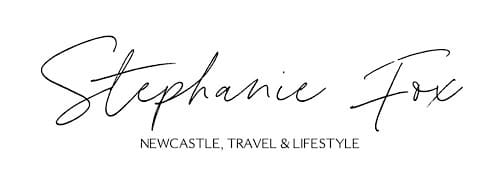
Do Adjustable Desks Make You Fitter? Here’s The Truth
As more people embrace the benefits of healthy lifestyles, they have been coming up with practical yet simple ways to stay fit. These range from taking the stairs instead of the lift, taking more steps a day, and engaging in physical hobbies. But the quest for fitness does not stop at the office door. If anything, employees have been doubling down on their fitness routines by using standing desks. If you are curious as to whether these desks can play a role in enhancing your fitness stats, we have the answers per the current research.
Disclaimer: This post is a collaboration
Does Standing Make You Fitter?
When employees first heard that using a standing desk could help them burn more calories than when sitting, they were game. After all, those extra calories per hour add up over time and can result in better weight management, especially when using a manual height-adjustable desk frame, which requires some physical effort. But aside from the calorie burn, standing desks come with an array of benefits for fitness lovers, as follows:
They Correct Poor Posture
Have you ever noticed that many people who work desk jobs tend to suffer from poor posture? While this problem mainly stems from poor desk and chair alignment, it also comes down to long hours of sitting, which encourages habits like slouching and leaning forward. Over time, this poor posture causes strains and pains in the neck, shoulders, and lower back due to the pressure on these body parts.
Using a standing desk alleviates this strain by strengthening your core muscles and encouraging you to maintain a neutral spine while working. In fact, a CDC study found that employees who used standing desks experienced a 54% reduction in their back and neck pain in just four weeks after adopting this working position. Of course, this only works if you adopt a neutral standing position and set up your desk in a way that matches your height.
They Increase Blood Circulation
Many people sit with their feet planted firmly on the ground, such that only their upper body moves as they work. While this is an effective working stance, it slows down circulation to the rest of the body. If you keep at this for months or years, the effects build up, putting you at a high risk of blood clot formation and cardiovascular disease – this risk is even higher for people with generally sedentary lives, as well as those who work for long hours.
Standing desks have been shown to reduce this risk by a great deal. How? When you stand, you engage several body parts, which prompts more blood circulation in the body. You also activate your leg muscles which prevent stiffness as well as conditions such as deep vein thrombosis. So significant are these effects that a report from the American Journal of Preventive Medicine showed that standing for bits while working can reduce the risk of heart disease by 30%.
They Encourage Activity
In a typical workspace where employees sit all day, people tend to have minimal non-exercise activities. In fact, some employees will only move during their lunch, coffee, and bathroom breaks. In some cases, they will eat their lunch at their desk and ask a colleague to grab them a coffee. This sedentary lifestyle eventually takes its toll by predisposing such employees to lifestyle conditions.
Standing desks have the opposite effect. By enabling people to switch from sitting to standing positions, these desks encourage people to be more active throughout the day. After all, as people work while standing, they are prone to shuffle their feet, stretch, or even do some walking around the workspace. Some people even do desk-based workouts. Such activities boost blood circulation and support joint flexibility which increases their overall fitness.
The good news about standing desks is that they work for people at all fitness levels, whether
you are a beginner in this space or a seasoned gym goer who can do tens of pullups in a row. The
key to getting the most out of your desk lies in knowing your baseline and slowly working your
way up – easy does it.
